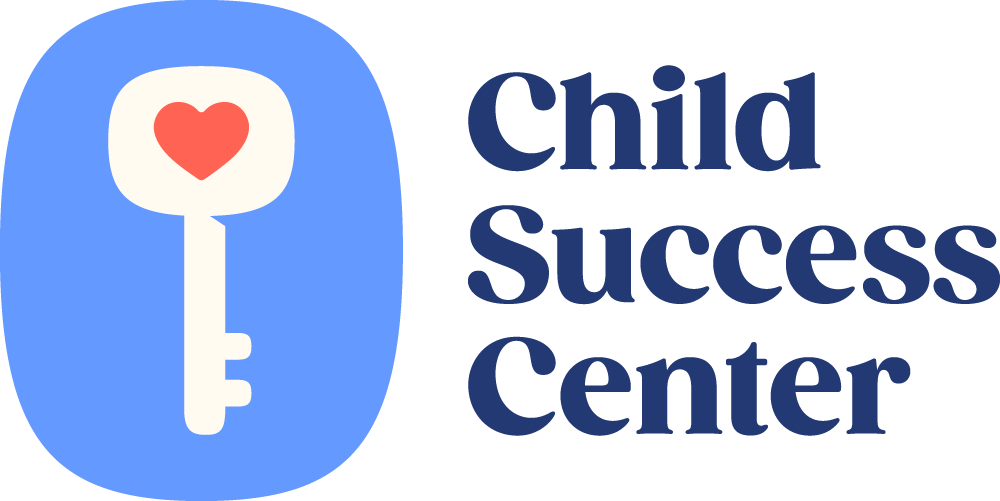How Visual Perception Can Affect a Child’s Learning
School requires a great deal from every sensory system and if even one system is delayed, a student could  struggle with learning to read, write, socialize and attend to his/her teacher’s lessons.
struggle with learning to read, write, socialize and attend to his/her teacher’s lessons.
The visual system is possibly the most powerful, yet most overlooked, sensory system in the body. Even if a child has “perfect” visual acuity (20/20) they may still have other visual deficits that can hinder their school success. There are many types of visual perception that interpret what we see.
Visual discrimination – Detecting the difference and similarities between objects/pictures
Form constancy – Recognizing forms as the same in various positions and sizes
Visual closure – Identifying forms from incomplete presentations
Figure ground – Differentiating between foreground and background objects/forms
Spatial perception – Determining the spatial relationship of figures and objects to oneself or other forms/objects.
All of these can affect a child’s ability to learn to read, or the fluidity of their reading. Common indicators include complaining of eye fatigue, letters/words moving on the page or reversing the order of words and letters (e.g. they read “saw” as “was”). A developmental optometrist and an occupational therapist can assess your child’s visual perceptual skills and determine the level and type of intervention needed. An occupational therapist addresses the underlying visual deficits by engaging the child in playing games and activities such as puzzles, memory games, copying block designs, or throwing and catching balls.
Building foundational visual perceptual skills will help make your student a stronger reader – a definite plus for academic enjoyment and success.
